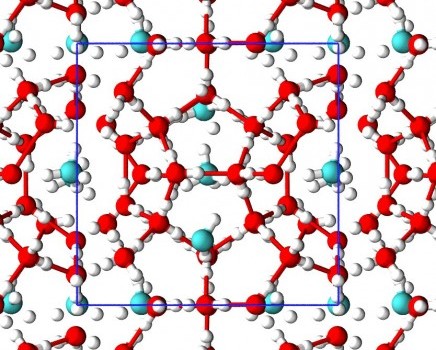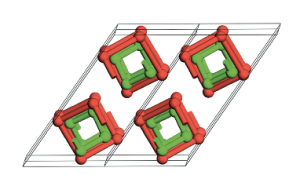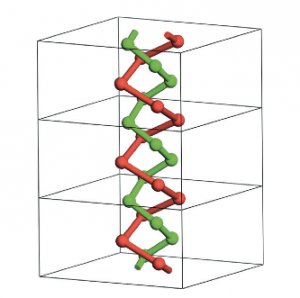Elaheh Mostaani, Neil Drummond, Viktor Zolyomi and Vladimir Fal’ko
Two-dimensional (2D) materials are currently of great interest to the scientific community due to their extraordinary electronic and mechanical properties. Researchers are interested not only in monolayers of these materials, but also in few-layer and stacked systems, such as graphene on boron nitride. To model these systems it is necessary to understand the binding properties of layered materials. Unfortunately, standard first-principles methods such as density functional theory (DFT) are unable to describe the van der Waals interactions between 2D layers in a quantitative fashion. Instead we are using quantum Monte Carlo (QMC) methods to study the binding behaviour of 2D materials.
We have calculated the binding energy of bilayer graphene at the equilibrium separation, in both the AA- and AB-stacked arrangements. Our data will assist the benchmarking of van der Waals DFT functionals. We are now calculating the full binding-energy curve of bilayer graphene to provide a more complete description of the interaction of graphene sheets. We are also calculating the binding energy of graphene on boron nitride in various configurations, to support experimental work on graphene superlattices.
In addition, we are using QMC methods to study the electronic band structures of monolayer 2D materials such as boron nitride, transition-metal dichalcogenides and indium chalcogenides. Unlike DFT, QMC does not suffer from underestimation of electronic band gaps. Furthermore, QMC can be used to calculate exciton binding energies, which are very significant in these 2D semiconductors. Our results will facilitate the characterisation of monolayers of these materials.










